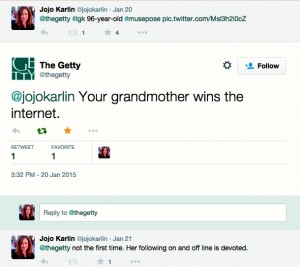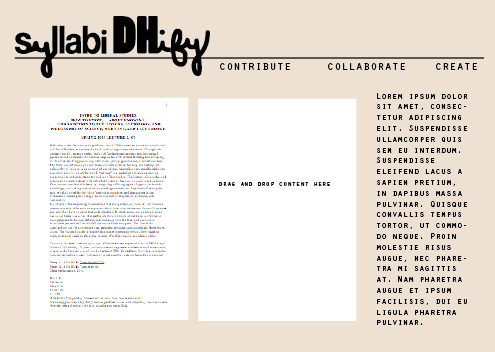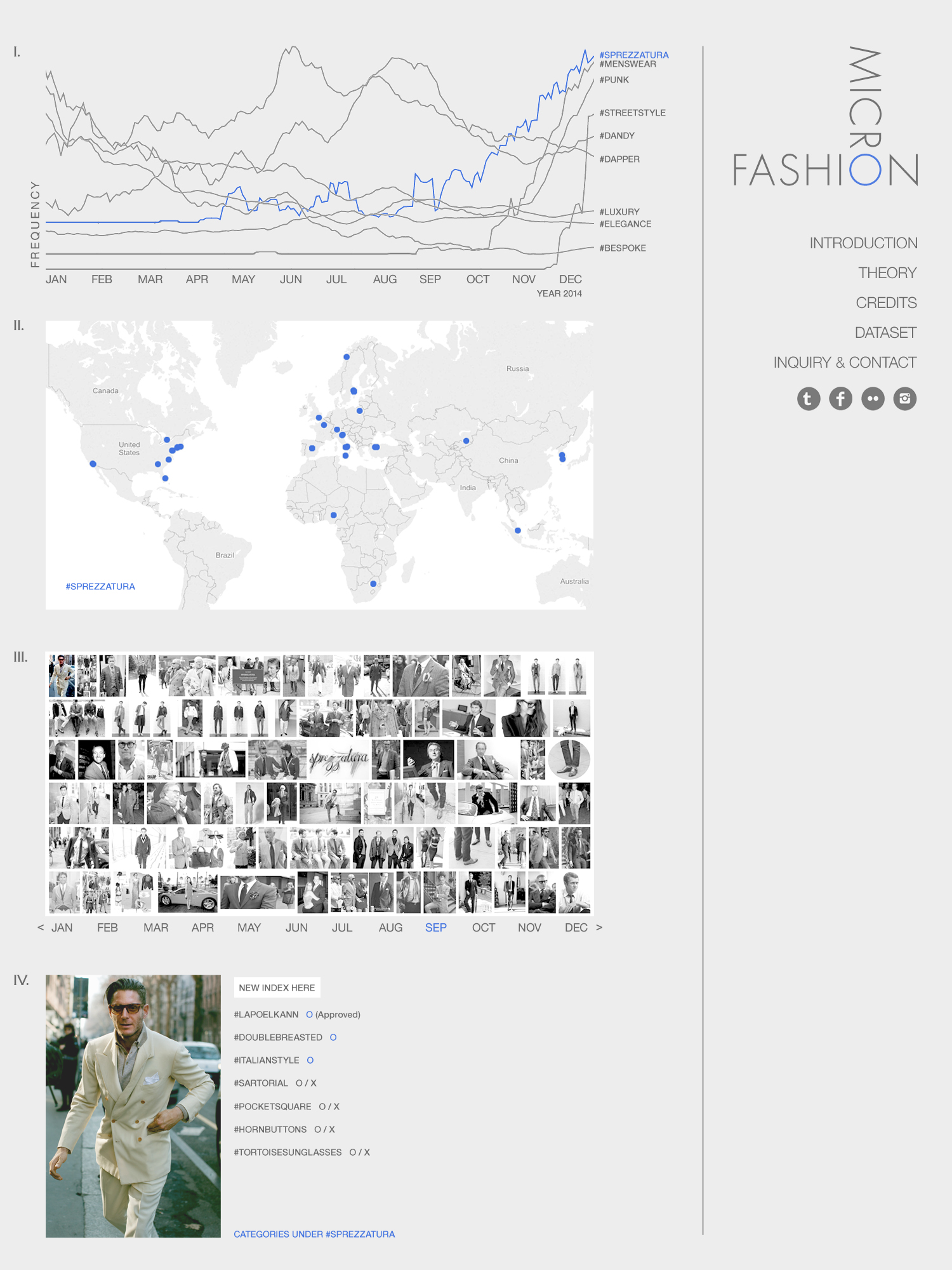I am excited and anxious for this process.
It was really nice to see all the familiar faces from DH1. The project I put forward for DH1 is something I will be pursing on an individual level. I think using DH in a preformative space to help me construct my artwork will push my work in ways that I have yet to know and understand. But this work is dependent on travel and is not appropriate for a group project it is to self serving. I will have no idea what information I have until after I take my trip and sift through my collections.
I am not one to get anxious in class, I love everything about school, work shopping, talking, and getting through ideas. But I will admit that I am anxious to know how this DH class project will move forward. My favorite teachers, teachers I base my own teaching ideals on, have always had skills components to class and a theoretical components to class. I appreciate projects that have something to show at the end. I appreciate final projects that have a bit of showmanship and theater. Even if a project does not function in exactly the way it set out I like projects that have finished edges.
I like to have a plan an idea of the knowns and unknowns and I am anxious to know what I will be working on (besides my own side projects).
my goals for this class are to expand my technical DH skillset. I hope to learn enough about this workshoping teaching process to find ways to implement this kind of project based learning in my library profession. Digital Humanities librarian is a job that has hit the librarian list serve, I have an idea about how I would brand my skillset for a position like this and there are some skills that I want to shore up before I claim this job title. This class will be chance to showcase examples of my DH deliverable.





